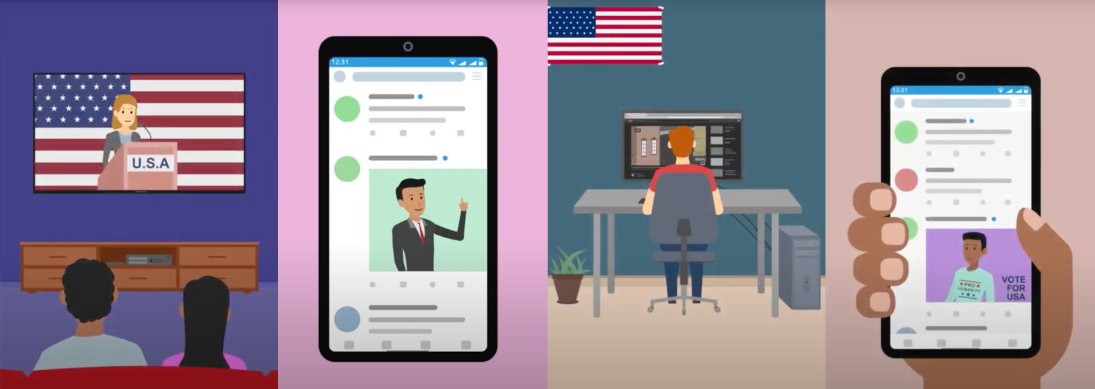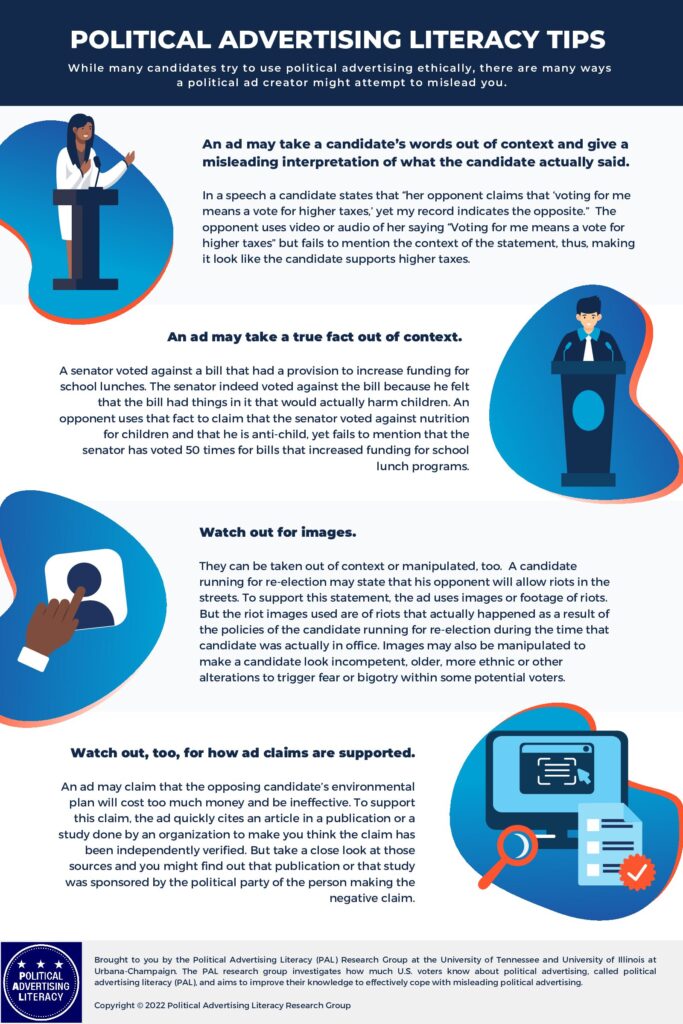What do you know about political advertising in the U.S.?

We are the Political Advertising Literacy (PAL) Research Group at the University of Tennessee and University of Illinois at Urbana-Champaign.
The purpose of the research group is to investigate how much U.S. voters know about political advertising, called political advertising literacy (PAL), and improve their knowledge to effectively cope with misleading political advertising.
In a democracy, political advertising should offer truthful information so voters can make informed decisions about candidates. Political advertising through paid media is considered a “staple of communication in democracies around the world” and is one of the main forms of political communication. Despite its primary role as a persuasion agent, political advertising has been shown to contribute to civic learning and political information including knowledge about candidate policies and presidential candidates. As compared with debates, advertising is a simpler form of political communication which can “reduce confusion and aid learning for all kinds of viewers.” Thus, one long-held purpose of political advertising is to create an “informed electorate” as a key part of democracy by providing “information which is true and accurate, unambiguous, unclouded by emotion, and which therefore enhances, rather than undermines, the decision-making process.” However, prominent political scientists also present another view, suggesting the “intended effect of political advertising or paid media is to win political battles by creating and delivering biased messages.”

